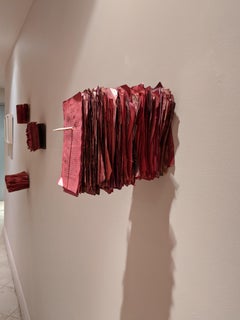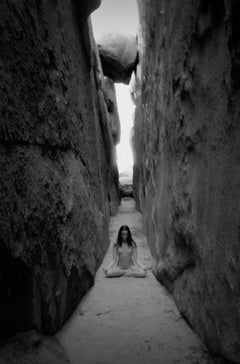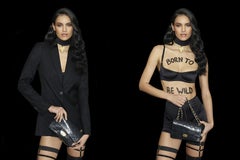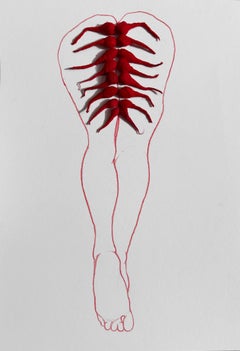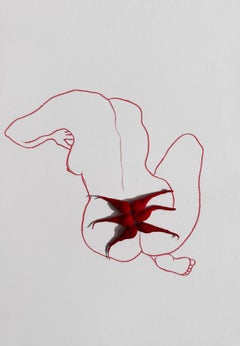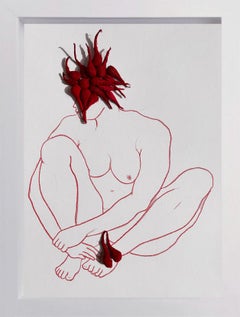Feminist Art
2010s Feminist Art
Fabric, Thread, Plaster, Dye, Found Objects
Early 2000s Feminist Art
Black and White
2010s Feminist Art
Lenticular
2010s Feminist Art
Cotton, Paper, Acrylic, Watercolor, Pencil
2010s Feminist Art
Cotton, Paper, Acrylic, Watercolor, Pencil
2010s Feminist Art
Cotton, Paper, Acrylic, Watercolor, Pencil
Early 2000s Feminist Art
Watercolor
Early 2000s Feminist Art
Bronze, Metal, Iron
2010s Feminist Art
Cotton, Paper, Acrylic, Watercolor, Pencil
2010s Feminist Art
Pastel, Archival Paper, Charcoal, Acrylic
2010s Feminist Art
Canvas, Acrylic
Early 2000s Feminist Art
Acrylic
Early 2000s Feminist Art
Acrylic
2010s Feminist Art
Archival Paper, Archival Pigment, Digital Pigment
1980s Feminist Art
Photographic Paper
2010s Feminist Art
Canvas, Color
2010s Feminist Art
Lenticular
2010s Feminist Art
Laid Paper, Monoprint
2010s Feminist Art
Woodcut
1940s Feminist Art
Lithograph
2010s Feminist Art
Black and White
1990s Feminist Art
Woodcut
1990s Feminist Art
Lithograph
2010s Feminist Art
Mixed Media
2010s Feminist Art
Rag Paper, Etching
1980s Feminist Art
Archival Pigment
2010s Feminist Art
Thread, Dye, Found Objects
2010s Feminist Art
Gesso, Canvas, Linen, Varnish, Acrylic
2010s Feminist Art
Rag Paper, Etching
1990s Feminist Art
Mixed Media, Screen
1960s Feminist Art
Screen, Paper, Acrylic
2010s Feminist Art
Paper, Giclée
2010s Feminist Art
Canvas, Color
2010s Feminist Art
Canvas, Color
1990s Feminist Art
Gold Leaf
20th Century Feminist Art
Canvas, Oil
2010s Feminist Art
Fabric, Dye, Plastic
2010s Feminist Art
Ceramic, Fabric, Thread, Dye, Found Objects
1970s Feminist Art
Canvas, Acrylic
1970s Feminist Art
Plexiglass, Wood, Paper, Found Objects, Acrylic
1990s Feminist Art
Lithograph
1960s Feminist Art
Ink, Watercolor, Archival Paper
1970s Feminist Art
Plastic, Wood, Found Objects, Acrylic
1990s Feminist Art
Color
2010s Feminist Art
Gold Leaf
2010s Feminist Art
Ceramic, Fabric, Thread, Dye, Found Objects
2010s Feminist Art
Canvas, Oil, Pencil, Screen
2010s Feminist Art
Laid Paper, Monoprint
2010s Feminist Art
Rag Paper, Etching
1990s Feminist Art
Gold Leaf
2010s Feminist Art
Rag Paper, Etching
2010s Feminist Art
Canvas, Oil, Pencil, Screen
2010s Feminist Art
Etching
21st Century and Contemporary Feminist Art
Watercolor
2010s Feminist Art
Archival Pigment
1970s Feminist Art
Fabric, Glass, Wood, Acrylic
2010s Feminist Art
Canvas, Oil, Pencil, Screen
2010s Feminist Art
Canvas, Oil, Pencil, Screen
2010s Feminist Art
Acrylic, Archival Paper
2010s Feminist Art
Rag Paper, Etching
